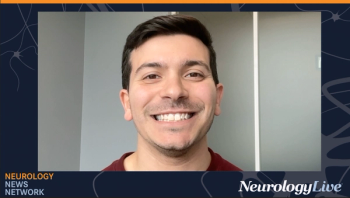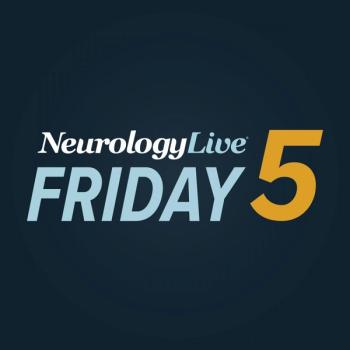
Impact of Newer Therapies on Dyskinesia in Parkinson Disease
Panelists discuss how newer Parkinson disease therapies may impact dyskinesia management by potentially providing continuous dopaminergic stimulation that could prevent dyskinesia development if used early, though current evidence from phase 3 trials shows mixed results with improvements in good ON time (ON time without troublesome dyskinesia) but limited reduction in existing troublesome dyskinesia, suggesting that while these treatments offer promise, more research is needed to determine their effectiveness in reducing dyskinesia in patients who already experience it.
Episodes in this series

This segment explores whether newer Parkinson disease therapies will significantly impact dyskinesia management, introducing the concept of "good ON time," defined as ON time without troublesome dyskinesia. The discussion emphasizes that simply adding medications to reduce OFF time isn't beneficial if it only increases troublesome dyskinesia. The goal is to achieve the optimal middle ground where patients experience reduced OFF time without worsening dyskinesia, highlighting the complexity of balancing motor symptom control with dyskinesia prevention.
The conversation addresses 2 critical treatment scenarios in Parkinson disease management. First is the potential for preventing dyskinesia development through continuous dopaminergic stimulation theory, which suggests that pulsatile stimulation from immediate-release oral medications may contribute to dyskinesia development. While extended-release formulations might theoretically provide smoother dopamine stimulation from disease onset, practical barriers exist, including the complexity of infusion therapies for early-stage patients and limited insurance coverage for extended-release formulations. Additionally, the lengthy clinical trials required to test this approach lack sufficient motivation from pharmaceutical companies, making answers to these questions unlikely in the near future.
For patients who have already developed dyskinesia, the evidence from phase 3 trials shows mixed results. While these newer therapies demonstrate reduction in OFF time and increase in good ON time, troublesome dyskinesia levels remain relatively unchanged, suggesting limited immediate impact on existing dyskinesia. However, preliminary data offer hope through smaller studies, including work by Angelo Antonini showing dramatic dyskinesia reduction over 6 months with enteral levodopa infusion, and European research by Regina Katzenschlager demonstrating dyskinesia improvement with subcutaneous apomorphine infusion over 6 months. These findings suggest a potential "deep priming" process where continuous infusion therapies may gradually reduce troublesome dyskinesia, though more extensive research is needed to confirm these promising preliminary results.
Newsletter
Keep your finger on the pulse of neurology—subscribe to NeurologyLive for expert interviews, new data, and breakthrough treatment updates.




































